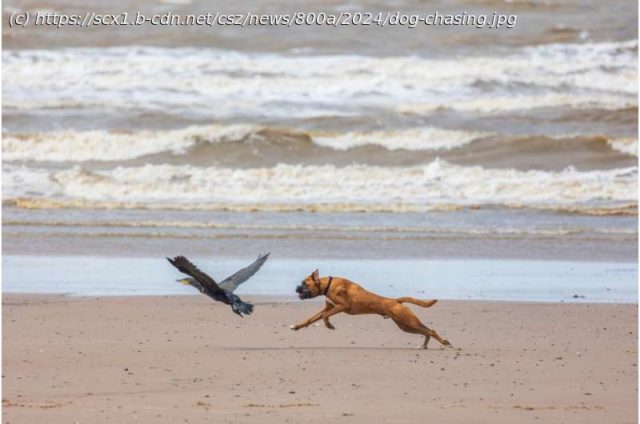In Australia, dog ownership often goes hand-in-hand with a love for the great outdoors. Whether it’s walking on the beach, going camping, or having a barbecue in the park, we tend to keep our canine companions close as we soak up the sun.
In Australia, dog ownership often goes hand-in-hand with a love for the great outdoors. Whether it’s walking on the beach, going camping, or having a barbecue in the park, we tend to keep our canine companions close as we soak up the sun.
But many of us forget a key fact about our dogs: they are predators. Even the fluffy little 5 kg ball that spends most of its time in your lap derives from an apex predator—and its predatory instincts can kick in at any time.
And while many of our dogs don’t have the same hunting skills as their distant ancestors (who had to hunt for a living), wildlife doesn’t know that.
The impacts of domestic dogs on wildlife aren’t well studied, and likely vary depending on the environment. Nonetheless, there’s good evidence domestic dogs, when left unobserved, can have detrimental effects in the places they visit.
With that in mind, here are some things to consider next time you take your pup out for a bushwalk.
There are five main ways domestic dogs can negatively impact the natural environments they visit. These are:
The good news is the last three points aren’t particularly relevant in Australia. For one thing, there’s little overlap between diseases common in domestic dogs and Australian wildlife. There’s also little resource overlap, except perhaps in some areas where feral or semi-feral dogs live alongside dingoes.
And regarding potential interbreeding, while it was once thought this could threaten the dingo gene pool, recent research suggests it’s not nearly as common as we thought.
As such, the main harms Aussie dog owners should focus on are physical harms through predatory behavior and disturbance to ecosystems.






